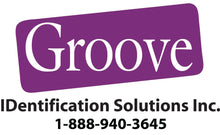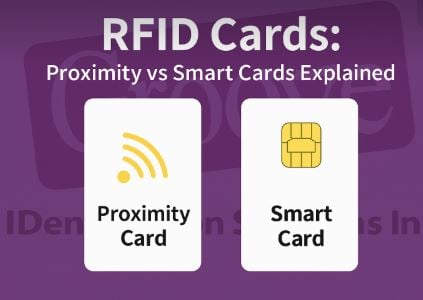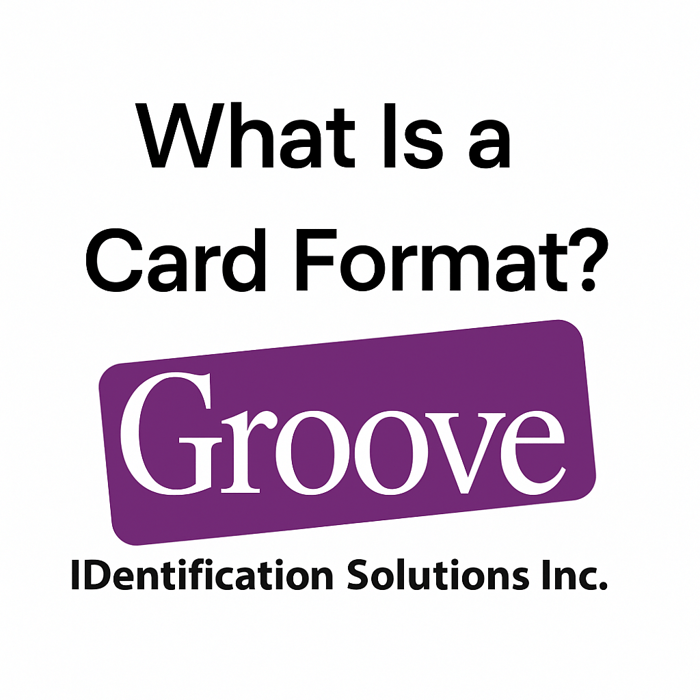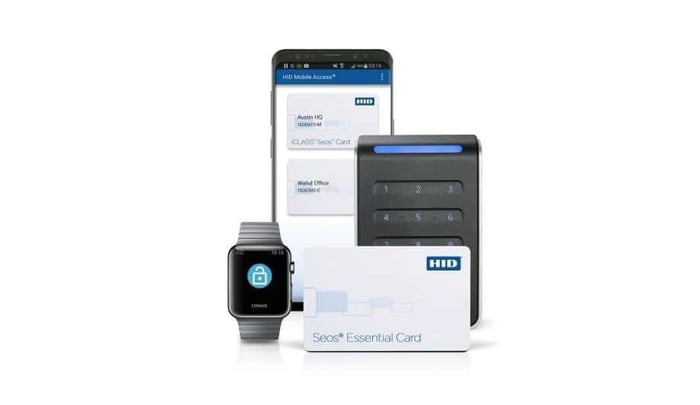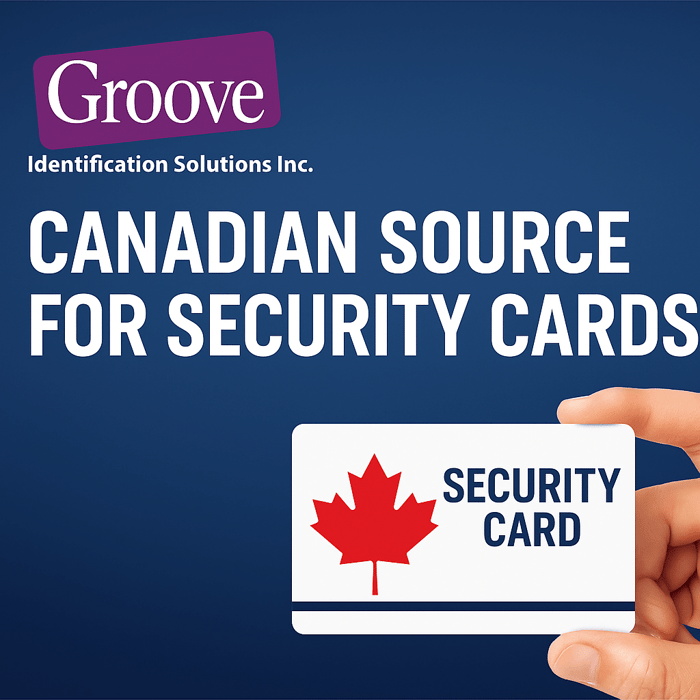RFID Cards: Proximity vs Smart Cards Explained
Radio Frequency Identification (RFID) technology has revolutionized secure access control, asset tracking, and countless business operations around the world. Yet, when it comes to RFID cards, many people are unsure of the differences between types such as proximity cards and smart cards. Understanding these distinctions is crucial when selecting the right solution for your organization's needs.
In this article, we’ll explore what RFID cards are, the technology behind them, and the key differences between proximity cards and smart cards — helping you make an informed choice.
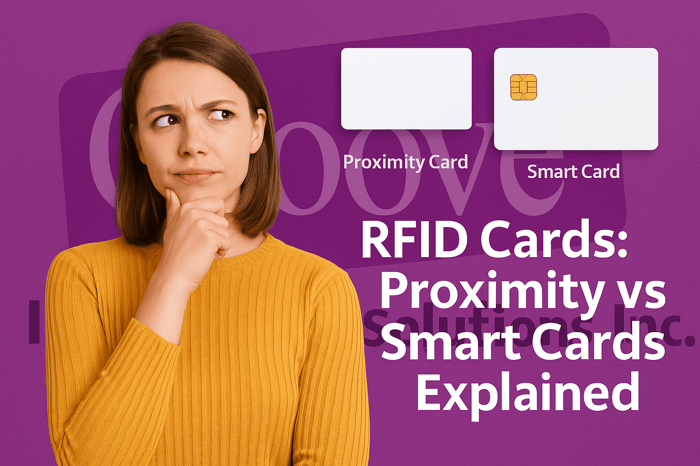
What Are RFID Cards?
Radio Frequency Identification (RFID) cards are contactless cards embedded with a tiny antenna and microchip that use radio frequency waves to communicate with readers. This technology allows the card to transmit data without needing physical contact, making it highly convenient and secure for various applications.
The core idea behind this technology is simple: when the card comes close to a compatible reader, the reader powers the card’s chip via electromagnetic induction and retrieves the information stored on it. This makes a RFID card ideal for secure entry systems, employee ID badges, payment systems, event ticketing, and more.
At their core, all Radio Frequency Identification cards share similar components:
A microchip to store data
An antenna to transmit signals
A protective substrate like PVC plastic to house the internal parts
However, the sophistication of the chip and security of the transmission can vary significantly, especially when comparing proximity cards to smart cards.
Common Applications for RFID Cards
RFID cards are widely used across many industries. Here are some typical applications:
Access control systems in corporate offices, hospitals, and government buildings
Public transportation passes for buses, trains, and ferries
Cashless payment systems at cafeterias, vending machines, and retail outlets
Student ID and library cards at colleges and universities
Hotel room key cards
Event and conference badges for easy check-in
With different levels of security and functionality, choosing the right type of RFID card — proximity or smart card — can have a major impact on your system’s effectiveness and future scalability.
Proximity Cards: Simple and Reliable
Proximity cards often simply called "prox cards," are the most basic type of RFID cards. These cards typically operate at a low frequency, usually 125 kHz.
Key characteristics of proximity cards:
No internal processing: They only transmit a pre-programmed ID number to the reader.
Passive communication: The card needs to be within a few inches to a few feet of the reader to work.
Low storage capacity: They cannot store additional data or run encryption algorithms.
Lower cost: Proximity cards are often more affordable for large deployments.
Because of their simplicity, proximity RFID cards are widely used for basic access control applications. Employees simply wave the card near a reader, and access is granted based on the unique ID embedded in the card.
Pros of Proximity Cards:
Affordable
Reliable for standard access control
Easy to replace and manage
Compatible with many legacy systems
Cons of Proximity Cards:
Limited security (ID number can sometimes be cloned)
No capability for encryption or multi-application use
Not suitable for high-security environments
When simple identification is needed, proximity RFID cards remain a solid, cost-effective solution.
Smart Cards: Advanced Security and Functionality
Smart cards are a more sophisticated type of RFID card. They operate at a higher frequency, typically 13.56 MHz, and contain a microprocessor that can store and process data.
Key characteristics of smart cards:
Internal memory and processing: Unlike proximity cards, smart cards can store user data, run encryption, and perform authentication.
Encryption: Smart cards often use secure protocols like DESFire EV2, MIFARE, or iCLASS SE to prevent unauthorized access.
Multi-functionality: One card can be used for multiple applications, such as building access, secure printing, and cashless payment.
Larger data storage: Smart cards can hold more information, including credentials, biometrics, or even digital certificates.
Smart RFID cards are ideal for environments where security is a top priority. Financial institutions, government agencies, and healthcare facilities often rely on smart cards for both secure access and sensitive data protection.
Pros of Smart Cards:
High security through encryption
Can support multiple applications
Resistant to cloning and hacking
Can integrate with future technologies easily
Cons of Smart Cards:
Higher initial cost
May require updated infrastructure (readers, software)
When security, flexibility, and future-proofing are important, investing in smart RFID cards is a wise decision.
Key Differences Between Proximity and Smart Cards
| Feature | Proximity Cards | Smart Cards |
|---|---|---|
| Frequency | 125 kHz | 13.56 MHz |
| Communication Type | Passive ID transmission | Data exchange and encryption |
| Data Storage | Very limited (only ID number) | Can store large amounts of data |
| Security | Basic (can be cloned) | High (encryption, authentication) |
| Typical Use Cases | Basic door access | Multi-application access, secure data |
| Cost | Lower | Higher |
Choosing the Right RFID Card for Your Organization
When deciding between proximity cards and smart cards, consider the following questions:
What level of security do we require?
If your organization handles sensitive data or needs strong security, smart cards are the way to go.Will we use the card for multiple purposes?
If you need to integrate access control with time tracking, cashless payments, or secure printing, smart cards offer far greater flexibility.What is our budget?
Proximity cards are more affordable initially but may not offer long-term value if your security needs grow.Is future-proofing important?
Smart cards are better suited for evolving technology needs and integration with modern access control systems.Do we already have existing infrastructure?
If your organization already uses 125 kHz readers, sticking with proximity cards might make sense — unless you're planning an upgrade.
Choosing the right RFID card can make a significant impact not just today, but for years to come as your organization's needs evolve.
Trends in RFID Card Technology
RFID cards continue to evolve. Some emerging trends include:
Mobile credentials: RFID technology is shifting to smartphones with mobile access solutions.
Eco-friendly cards: Organizations are seeking biodegradable or recycled material cards to meet sustainability goals.
Biometric integration: Combining smart cards with fingerprint or facial recognition for even greater security.
As new technologies emerge, smart cards are positioned to adapt, while proximity cards will continue to serve simpler applications effectively.
Final Thoughts
RFID cards have transformed how organizations manage security and access. While both proximity cards and smart cards have their place, understanding their differences is crucial to choosing the right solution for your specific needs.
If your focus is basic access control at a lower cost, proximity RFID cards are an excellent choice. If, however, your organization demands higher security, multi-functionality, and future-proof solutions, investing in smart RFID cards will offer far greater benefits.
At Groove Identification Solutions, we specialize in helping organizations across Canada find the perfect access control solutions — including RFID cards, card printers, and everything in between. Whether you're upgrading your existing system or starting fresh, we're here to help.
Ready to explore the best RFID card options for your organization?
Contact us today at 1-888-940-3645 or visit Groovebadges.com to learn more!
